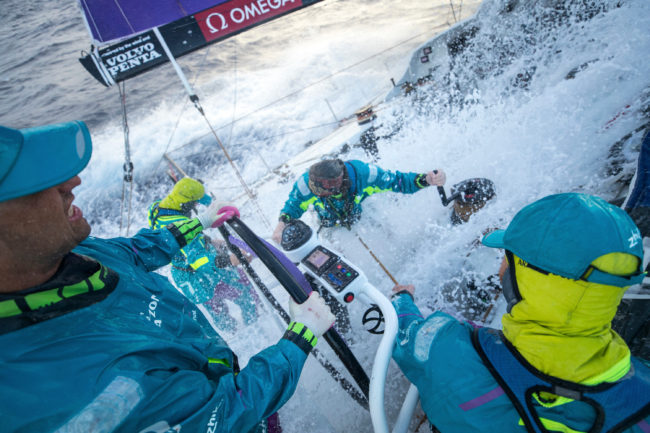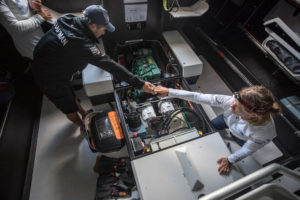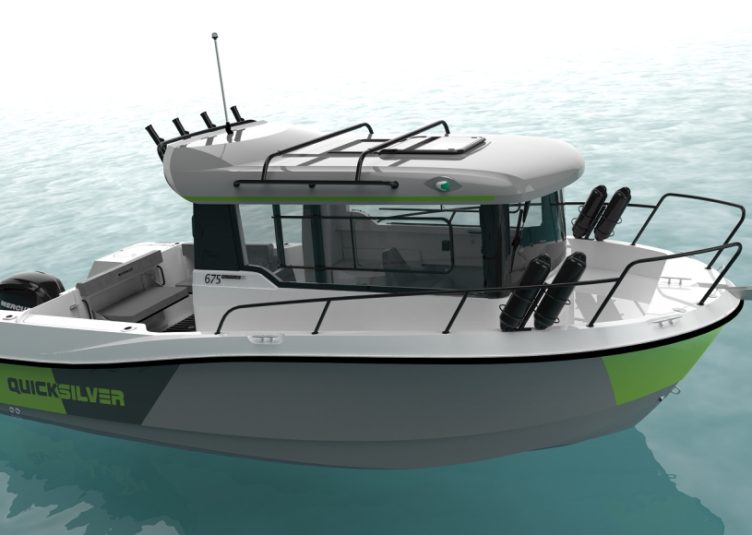We take you into one of the toughest and most demanding sailing competitions in the world, Volvo Ocean Race, which requires the boats to be connected with a network of sophisticated digital devices. Volvo Penta’s D2-75 engine provides power for all of them.
The yachts competing in the Volvo Ocean Race are among the world’s most connected boats. They have onboard devices enabling instant communication between the teams and the race’s headquarters – and thousands of avid fans following the action online – in the thrilling round-the-world competition. But there’s much more. The funny bottom line though is that even the very best expression of sailing,,,needs a combustion engine. But let’s first see what it means today to connect a boat for VOR.

An endurance test, 45ooo nautical miles long
From once-a-week radio calls in the 1970s, to current technological capabilities on the Volvo Ocean 65 yachts that provide the transfer of information in real time, the art of communication has come a long way since the original version of the Volvo Ocean Race. Just as improvements have been made over the years in the physical apparatus used by the teams, so too have great advancements been made in the digital sphere.


Around half of all onboard power is used by the various media tools as they transmit a huge amount of data. There are computers at the media desk that are used for editing and sending video, tablets and smartphones, and instruments logging data from more than 100 sources around the boats, then performance data is analyzed by the crews onboard and the experts at Race Control headquarters, to make accurate calculations about each team’s progression. To provide electricity to all these gear and devices, the engine is a quiet and reliable Volvo Penta D2-75, delivering 55 Kw and working mainly as a generator.










Follow Us
1251 Fans